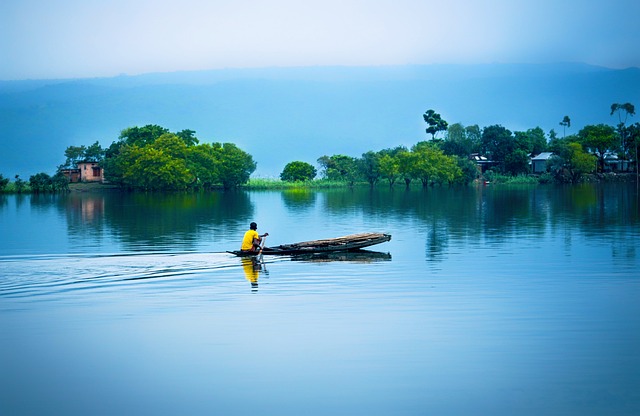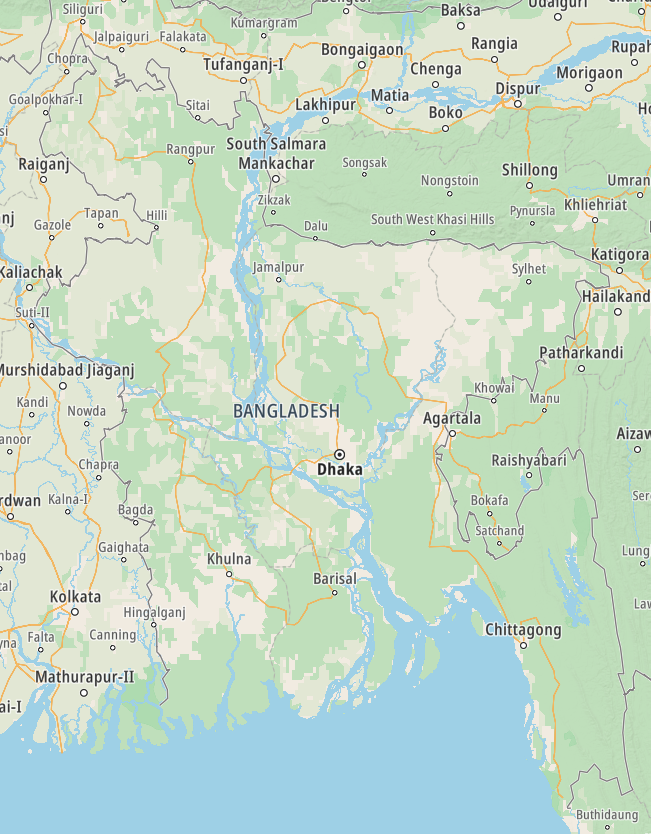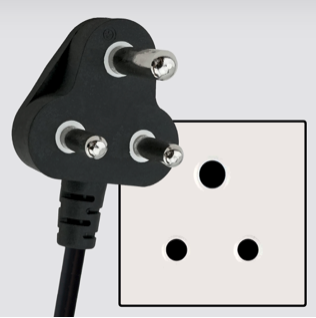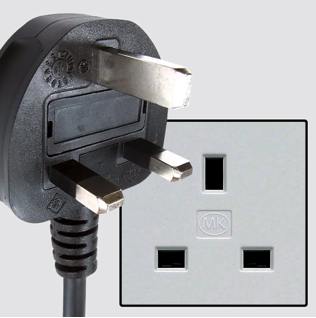Bangladesh / গণপ্রজাতন্ত্রী বাংলাদেশ – Let’s explore here
What’s it like in Bangladesh?
Bangladesh is a beautiful, small, very flat country in south Asia. About twice the size of Ireland, it’s almost entirely surrounded by India. It is divided into three major areas – the Ganges Delta, several rich, fertile plateaus and rolling hills to the east. The highest point is Saka Haphong, in the far south east, near the border with Myanmar, at 3,488 ft (1,063 m) above sea level.
Most of the country lies less than 40 ft (12 m) above sea level. It’s also called the land of rivers as the delta is the largest in the world, and frequently causes mass flooding.
In its current state since the end of 1971, after breaking away from Pakistan, it has experienced a very troubled history. Its neighbours are India and Myanmar, although it’s also very close to China, Bhutan and Nepal.
The population of Bangladesh is around 175 million people (2024), around one in seven of whom live in the metropolitan area of the capital, Dhaka. Bangladesh is the most densely populated large country in the world.


A bit about the history of Bangladesh
Ancient and Medieval Periods
The region that is now Bangladesh has a rich history dating back to ancient times. It was part of various ancient kingdoms, including the Maurya and Gupta Empires. It was an important cultural and economic centre in southern Asia. The region saw the rise of the Bengal Sultanate in the 14th century, which established Islam as the dominant religion and contributed to a rich Islamic cultural legacy.
Mughal Era
In the 16th century, Bengal became part of the Mughal Empire under Emperor Akbar. During this period, Bengal became a wealthy province known for its thriving economy, including textiles, rice and other agricultural products. The region prospered under Mughal rule, and Dhaka became one of the empire’s most important cities. The decline of the Mughal Empire in the 18th century, however, led to instability and the eventual takeover by the British.
British Colonial Period
In the mid 18th century, Bengal came under British control and was incorporated into British India. The region became a key part of the British Empire, with its wealth primarily derived from agriculture, particularly rice and jute. However, British colonial rule brought significant economic exploitation and political instability. In 1943, a devastating famine in Bengal led to millions of deaths, further souring relations with the British.
Partition of India and Creation of East Pakistan
In 1947, British India was partitioned into two independent nations, India and Pakistan. As a result, Bengal was divided into two parts: the eastern part became East Pakistan (now Bangladesh), and the western part became the state of West Bengal in India. Tensions between East and West Pakistan grew over time, with the East feeling politically and economically marginalised by the central government in West Pakistan.
War of Independence and Creation of Bangladesh
The struggle for independence in East Pakistan escalated in the late 1960s and early 1970s. In 1971, after years of political unrest, the Pakistani government launched a military operation to suppress growing demands for autonomy in East Pakistan. This led to the Bangladesh Liberation War, with widespread atrocities committed by the Pakistani military. India intervened in support of East Pakistan, and on December 16, 1971, Bangladesh achieved independence, with Sheikh Mujibur Rahman becoming the country’s first leader.
Post-Independence Struggles
After independence, Bangladesh faced significant challenges, including political instability, economic difficulties and the aftermath of the war. The assassination of Sheikh Mujibur Rahman in 1975 led to a period of military rule and political turmoil. In the 1980s and 1990s, democratic governments were established, though the country continued to experience political instability and challenges in governance.
Economic Development and Modern Era
In the 21st century, Bangladesh has made significant progress in terms of economic growth, particularly in sectors such as textiles and garments, which have made it one of the largest exporters in the world. The country has also made strides in improving literacy, healthcare and poverty reduction. However, Bangladesh still faces significant challenges, including political instability, corruption, and vulnerability to natural disasters like flooding and cyclones.
Contemporary Bangladesh
Today, Bangladesh is a rapidly developing country with a growing economy. The country has a large and young population, with industries like textiles, agriculture, and remittances from overseas workers being key contributors to the economy. However, it still faces challenges such as political polarisation, human rights issues and environmental concerns. Despite these hurdles, Bangladesh has made impressive progress in improving living standards and is recognised for its resilience and determination.

Bangladesh road trip
Map of Bangladesh

We haven’t finished our planning for driving though Bangladesh yet. When we do though, we’ll post it here, and in the blog.
Hopefully our journey will improve our knowledge of this intriguing and beautiful country, and enable us to meet some interesting people. We’ll be updating this page at that time – don’t forget to check back 🙂
What’s it like to drive in Bangladesh?
They drive on the left hand side of the road in Bangladesh. In the main, roads are quite good, although many are unsurfaced dirt tracks. Driving standards are poor however.
Do you require an international driving permit in Bangladesh?
We’ve created a dedicated page to driving abroad, which answers this question, and more, which you might find helpful.
Can you use your UK driving license when driving through Bangladesh?
We’ve created a dedicated page to driving abroad, which answers this question, and more, which you might find helpful.
Do I need a carnet de passages to drive in Bangladesh?
We’ve created a dedicated page to driving abroad, which answers this question, and more, which you might find helpful.
What currency do they use in Bangladesh?
In Bangladesh they use the Taka. Cash is widely used. The use of credit / debit cards is widely accepted, though not everywhere, so take some cash also. Travellers cheques are not readily accepted. There are many ATMs in cities and towns throughout the country.
You should make yourself aware of the amount that your bank charges you for using credit and debit cards abroad. Often credit cards are cheaper for purchasing items directly, and for withdrawing cash from ATMs.
What language do they speak in Bangladesh?
They speak Bengali in Bangladesh. English is also widely spoken.
What time zone is Bangladesh in?
Remember, when you’re planning your next trip to take a look at what time zone it’s in.
Do I need a visa to visit Bangladesh?
We’ve created a dedicated, more comprehensive page on visas, which you should find helpful. Check it out!
Is wild camping legal in Bangladesh?
Yes, wild camping is fine in Bangladesh.
What plug / socket type do they use in Bangladesh?
In Bangladesh they use plug / socket types C, D, G and K.




Health issues in Bangladesh
Is it safe to drink water in Bangladesh?
No, it is not safe to drink tap water in Bangladesh. Bottled water is readily available throughout the country.
What vaccinations are required for Bangladesh?
This NHS website is kept up to date with all relevant information on vaccinations in Bangladesh.
Phones in Bangladesh
What is the country calling code for Bangladesh?
The country calling code for Bangladesh is +880
What are the emergency phone numbers in Bangladesh?
- The emergency number for police in Bangladesh is: 999
- In Bangladesh, the emergency number for ambulance is: 999
- The emergency number for fire in Bangladesh is: 999
If you’ve got some useful info that you’d like to share, let us know!
And don’t forget to check out all the other pictures!
